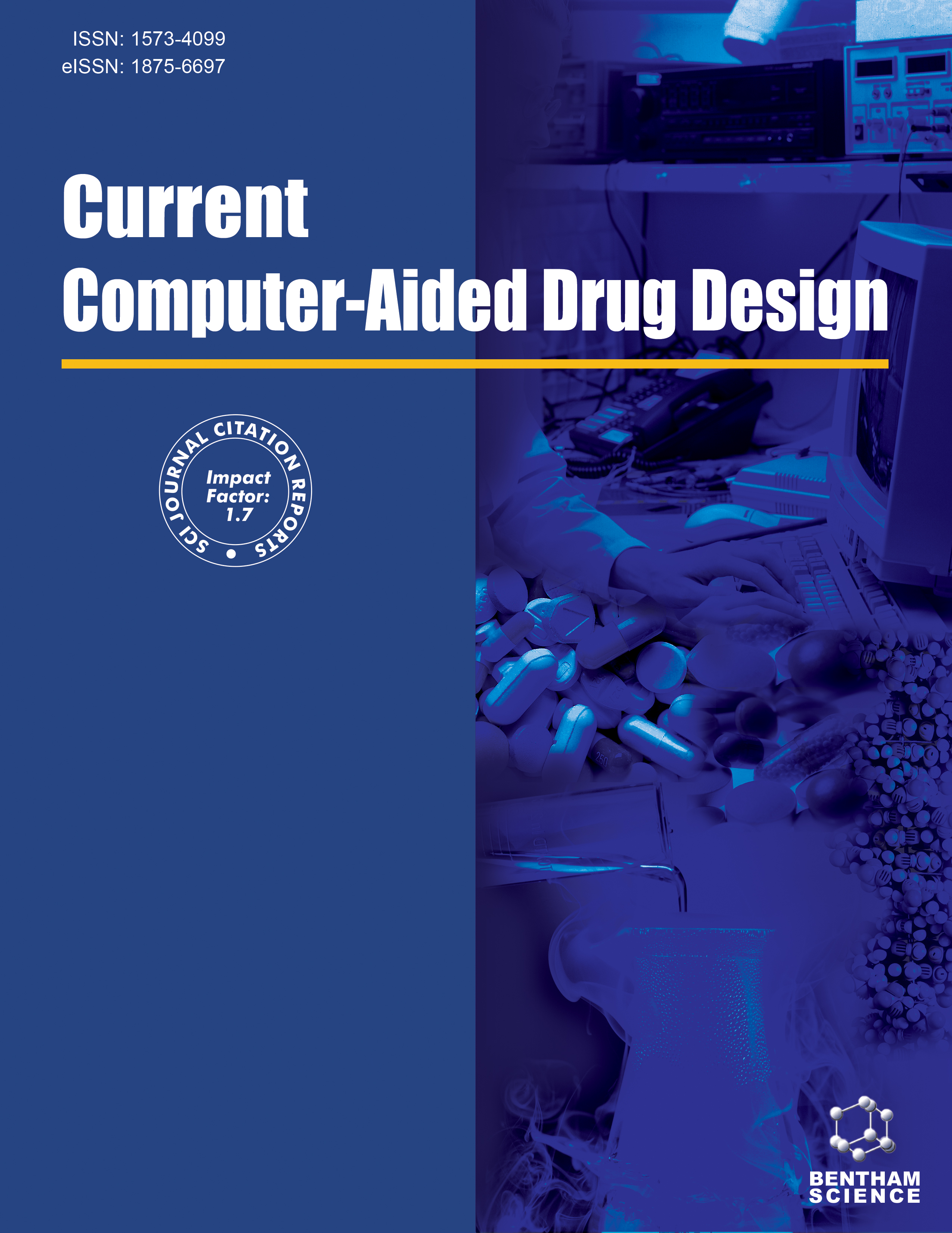
Full text loading...
We use cookies to track usage and preferences.I Understand

The extended IL-1 activity is implicated in autoimmune disorders, such as rheumatoid arthritis, diabetes mellitus, and Parkinson's disease, as well as delayed wound healing. Additionally, it can result in cytokine storms during pathogenic infections.
The regulation was carried out by Interleukin-1 receptor antagonist (IL-1RA), a key anti-inflammatory molecule. IL-1RA serves as a decoy protein that competes with Interleukin-1 receptors (IL-1RI and IL-1RII) for binding, effectively counteracting the activity of Interleukin-1 (IL-1). The deficiency was substantiated by commercially available recombinant IL-1RA called Anakinra. The main problem with the existing drug is that it has less pharmacokinetics and reduced binding affinity to its receptor, which requires frequent administration of the drug. To overcome these drawbacks, we have designed a new fusion protein by adding an Fc fragment of Human IgGI fused with IL-1RA using a linker in between, and the design aimed to transport the protein into the N-glycosylation pathway. These characteristic features increase the pharmacokinetics, solubility, and binding efficiency of the protein. As the protein was designed to be expressed in a eukaryotic system, to understand the possibility of the proposed hypothesis, we used machine learning-based AlphaFold2 to model the protein structure and molecular simulation studies to understand the functional integrity of the designed protein.
The in silico results showed that the modeled fusion protein structure has very good binding to its receptor with the support of 21 H bonds and 7 salt bridges and maintained the binding stability over the MD simulations.
These findings support fusion protein’s potential as a promising and stable therapeutic candidate.

Article metrics loading...

Full text loading...
References


Data & Media loading...
Supplements